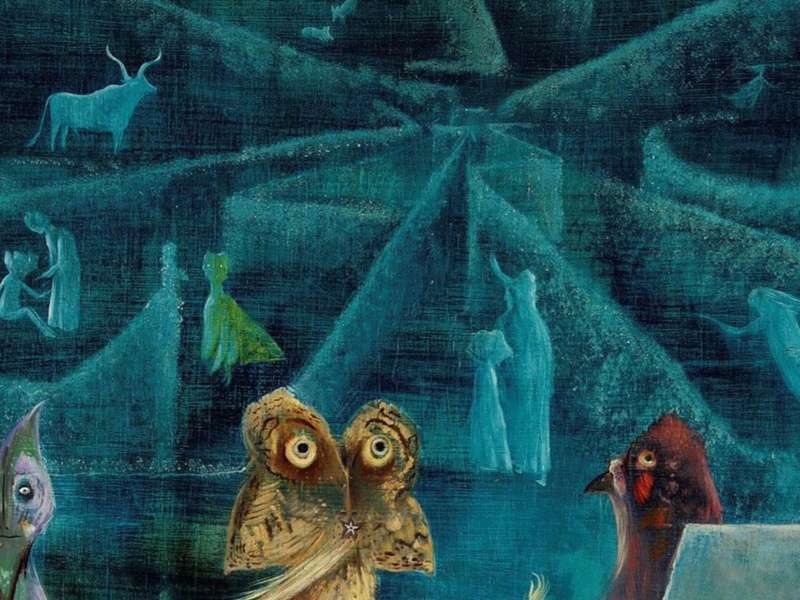
Leonora Carrington, Existential Journey in Italy
The exhibition recounts Leonora Carrington's lifelong relationship with Italy, from her discovery of Italian art in Florence to exploring her affiliation with Surrealism. The exhibition features not only her wonderful paintings but also photographs, books from her personal library and archive material.
阅读更多